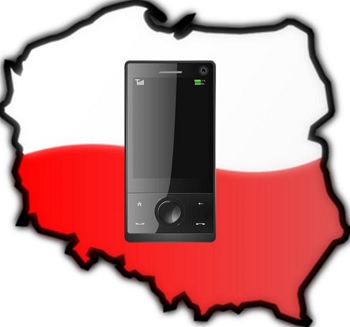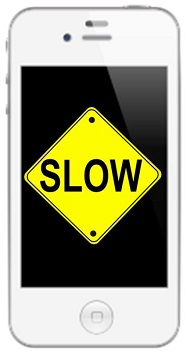Poland is quickly becoming more focused on the mobile sector
The mobile commerce market of Poland is poised for strong growth throughout 2014, according to mGenerator, a leading mobile commerce platform in Poland. This is a trend that is similar to those that are emerging in other countries around the world. Consumers are becoming more involved in mobile technology and, as such, investing more of their time and money on their smartphones and tablets. This means that mobile commerce is beginning to play a much larger role in the lives of people around the world and their interest in mobile shopping and other such activities is growing quickly.
Mobile commerce market set to reach $273 million by the end of the year
According to mGenerator, the Polish mobile commerce market will reach approximately $273 million by the end of this year. Polish retailers are beginning to take the mobile sector more seriously as consumers begin using their mobile devices to shop and find products they are interested in. The demand for smartphones and tablets that are capable of participating in mobile commerce is also on the rise among consumers, which is adding further momentum to the market’s growing potential.
Retailers are growing more conscious of consumer trends
Consumers are showing particular interest in purchasing products that are available from retailers that are close to their home residence. These people are able to purchase products from their smartphones and tablets and then visit a local store to pick up these products. Retailers are also beginning to take “intelligent pricing” into consideration, which involves the better understanding how much consumers actually value a particular product. In order to acquire this understanding, retailers are beginning to track trends concerning the way mobile consumers spend their money online.
Banks are beginning to take the mobile space seriously
Retailers are not the only organizations in Poland that are beginning to take the mobile commerce market seriously. The country’s banks are also beginning to become more involved in the mobile sector by providing their customers with platforms and services that accommodate their needs. By the end of 2014, Poland is expected to establish itself as a very promising market in the mobile commerce sector.

 Instead this
Instead this 